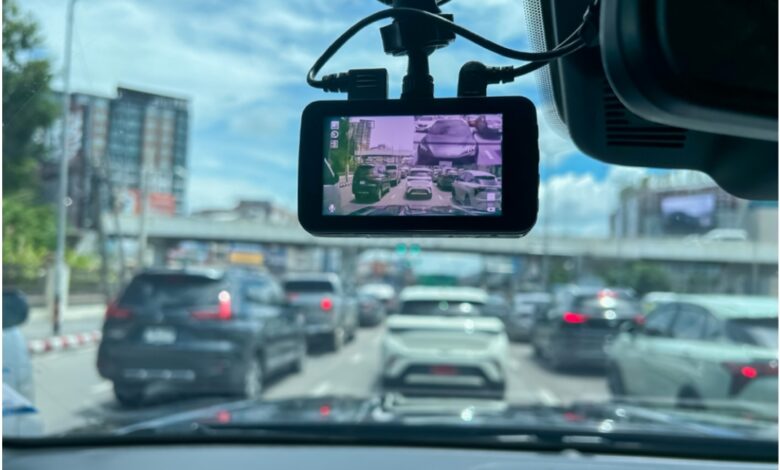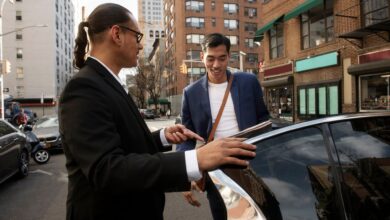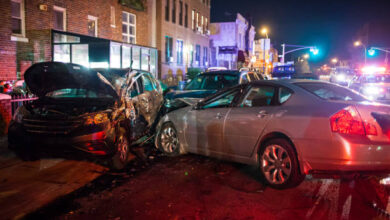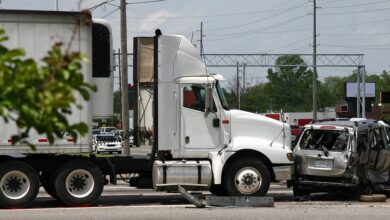The Importance of Dashcams in Proving Fault After a Car Accident in Buffalo

Car crashes happen quickly in Buffalo, and drivers may have different stories about what occurred.
Determining fault is not always easy, and insurance companies seek to find out what evidence they can use to determine fault. That is when dashcams can come in handy.
A dashcam provides a clear, unbiased description of what occurred, helping car crash victims to protect themselves from false claims and determine what actually occurred.
For those involved in car crashes in Buffalo, having clear video evidence can make it easier to prove their case. The best Buffalo car accident lawyers often use dashcam footage to support claims, helping clients receive compensation for injuries, medical bills, and lost wages. This visual evidence can also be helpful in negotiating with insurance companies that attempt to deny fault or reduce payments.
How Dashcams Can Help Determine Fault
A dashcam continuously captures what is in front of the car (and sometimes what is behind and inside the car), including key moments before, during, and after a crash. This can be powerful evidence in proving liability. When drivers rely only on witness statements and police reports, there can be potential for discrepancy or error. A dashcam removes uncertainty by showing exactly what led to the crash.
Common Situations Where Dashcams Are Helpful
Dashcams can be useful evidence in a variety of accident situations, including:
- Red Light and Stop Sign Violations: If a driver runs a red light or fails to stop at a red light, dashcam footage can document the violation.
- Rear-End Crashes: Rear-end crashes are typically the fault of the driver behind, but dashcam footage will eliminate any doubt, especially if there were sudden stops or some other malfunction that led to the crash.
- Lane Change and Merge Crashes: If a driver makes an unannounced lane change or does not check blind spots, a dashcam will expose their mistake.
- Hit-and-Run Crashes: If a driver hits another car and flees, a dashcam might record their license plate number, type of car, or other information.
- Road Rage and Aggressive Driving: Erratic driving patterns, like tailgating or weaving, can be recorded and used as proof if a collision occurs.
Use of Dashcams in Insurance and Litigation Claims
Insurance adjusters assign fault based on the evidence presented. Without a dashcam, victims of accidents may not be able to demonstrate what actually occurred, especially if the other driver claims they were not responsible. Dashcam evidence provides a third-party account of what occurred, which can speed up insurance claims and avoid unnecessary controversy.
In litigation, dashcam evidence can be presented in court to support a claim. Attorneys can present the video to judges or jurors, supporting a client’s claim with concrete evidence. This can be particularly helpful in accidents with disputed liability or where another party tries to shift blame elsewhere.
Final Thoughts
Dashcams offer a truthful way of capturing accidents, which can be utilized to establish fault and protect drivers from frivolous claims. When negotiating with insurance adjusters or battling lawsuits, proof in the form of video can be the determining factor in establishing what happened.
As car accident cases typically come down to the word of one driver against another, a dashcam can be the clarity that is needed to achieve a fair outcome.



